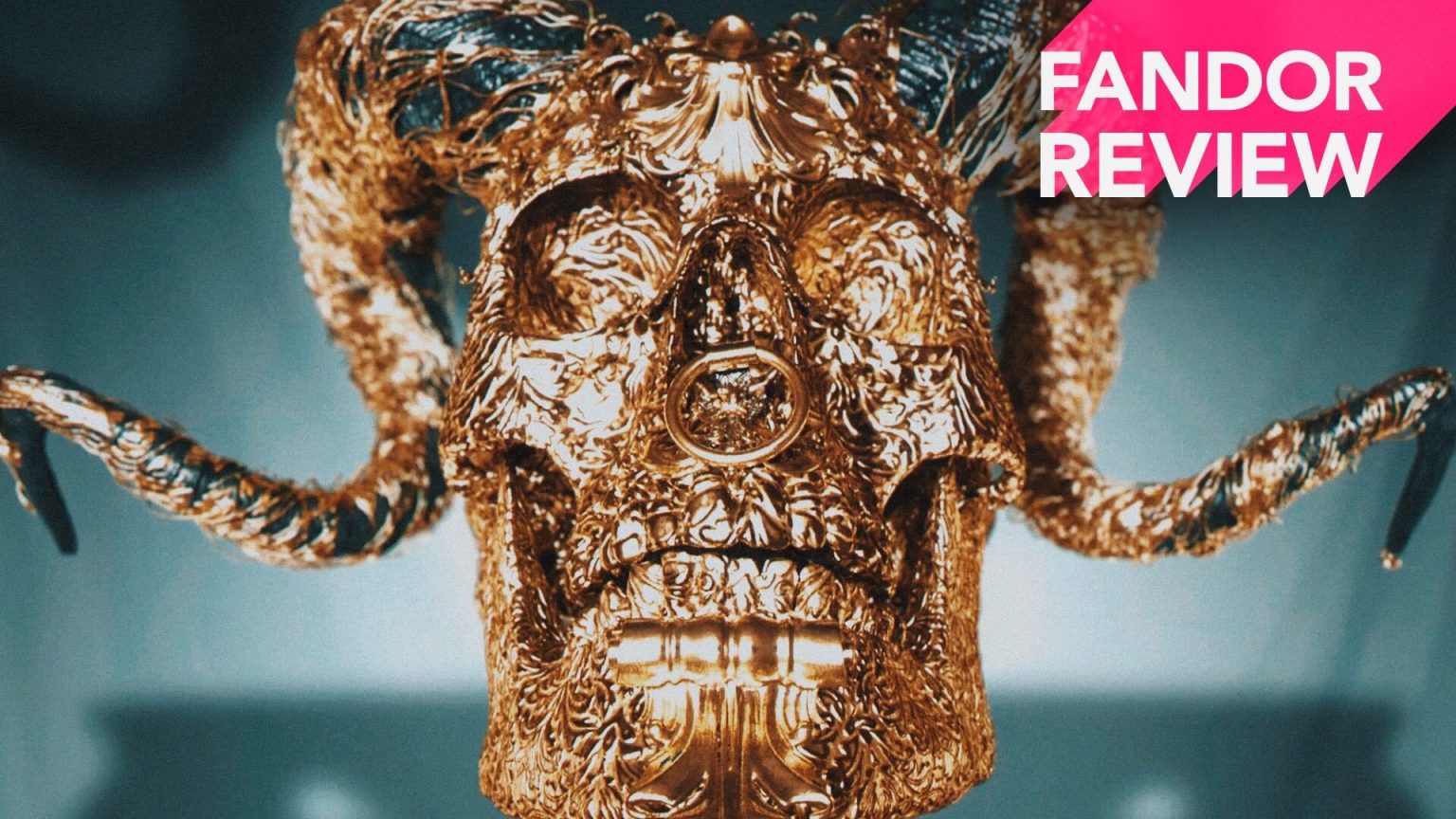Fast-paced isn’t typically a word associated with documentaries, however, it is the first word that comes to mind after watching Ian Bonhôte’s and Peter Ettedgui’s McQueen. The rate at which we move through the life of fashion designer Lee Alexander McQueen borders on disorienting. The documentary flies through the early years of his career with an unrelenting swiftness. At first, this may seem problematic, however, it’s crucial to establishing the film’s tone, and the pacing sets the documentary up to be the masterpiece that it is.
McQueen started off by doodling fashion designs in a notebook in school. By twenty-three he had graduated with his MA from Central Saint Martins and presented his student showcase entitled “Jack the Ripper Stalks his Victims”—not exactly the theme that might first spring to mind when you think about fashion. But Mcqueen wasn’t just fascinated with horror as a pure aesthetic, he was interested in an exploration of those complicated themes and looks.
And the film, like McQueen in his fashion shows, explores the complexity of those personal and artistic excursions. Fame came to McQueen quickly, but as time went on, that fame brought with it an equally intense depression. Amidst these struggles, he continued to surprise and innovate, regardless of the controversy surrounding his work. One of the most striking moments in the film seems to almost entirely shirk the trappings of a fashion show, and instead might be better described as performance art. McQueen’s model spins around as she is sprayed with yellow and black paint by two mechanical arms. She looks exalted as she stands there with arms outstretched. The sight of it brings McQueen to tears, and it is likely to do the same to you.
Michael Nyman, who has composed for films like Gattaca and Man on Wire, sets the film’s brooding tone and fast pace through his music. McQueen had a strong love for Nyman’s work, and the soundtrack acts as both a loving eulogy and as an embodiment of McQueen’s ceaseless desire to disturb and provoke his audience. McQueen spent much of his time designing in the studio while listening to Nyman, particularly, the soundtrack for The Piano, his favorite film. As a result, Nyman’s music was tightly bound up in much of McQueen’s work. Numbers such as “Times Lapse” and “Here to There,” deserve repeated listens after viewing, and will immediately transport you back into McQueen’s world.
But what surprised me most about McQueen, especially in the early years of his career, was how out of place he seemed in the world of fashion. There is a perplexing rift between the way he presented himself, compared to the way he presented his pieces, and the documentary does an outstanding job of exploring this. As McQueen moved up in fashion he continued to dress in simple button-up shirts, and he never lost his ruthlessly crass English humor. The documentary depicts him as he wanted to be seen, as an individual who cared more about the image of the things he created than his own. Nyman’s soundtrack celebrates this nonconformity through its frequent shifts in tone and pace, shifts which assure that the viewer experiences the “rollercoaster” McQueen saw his own life to be. The film portrays McQueen as a fashion renegade, an individual who seemed to be an outsider in his own profession, but who had, from the very beginning, mastered it.
Much of the footage in the film is taken by McQueen himself, or those around him, creating a sharp dichotomy between the crisp clear images of the fashion shows and the grainier, more intimate shots of his life outside the industry. McQueen had a complex relationship with media and the camera, and this is recognized by the filmmakers, who artfully weave these home movies into the structure of the documentary, making us feel as if we were members of McQueen’s inner circle.
McQueen’s relationship with media is explored in his final show, “Plato’s Atlantis.” It uses cameras on the runway as a means of exploring the role of media in fashion, in addition to McQueen’s own use of, and affinity for, the camera. The actual design for this show was less dark than many of his others, as alien-looking models composed of scales and jewels with butterfly patterns on their clothes pose for the cameras. This movement away from darkness highlights the grotesque quality of the cameras, and reveals McQueen’s loathing for certain aspects of the fashion industry. Nyman’s score furthers the disturbances as it moves abruptly between these crisply shot and choreographed shows, celebrating McQueen’s radical experimentation, to his home movies that show him absorbed in the depressive fame he experienced later in life.
Ultimately, the documentary is an expertly crafted exploration of how polarizing passion can be when we commit ourselves to it fully. The film takes McQueen’s contradictory personality and creations and intertwines them with Nyman’s evocative score. The end result is nothing short of exhilarating in its ability to inspire and enlighten, and harrowing in its grief and disruption.
Watch Now: The Draughtsman’s Contract, scored by Michael Nyman. And Kinky Boots, produced by McQueen co-director, Peter Ettedgui.




